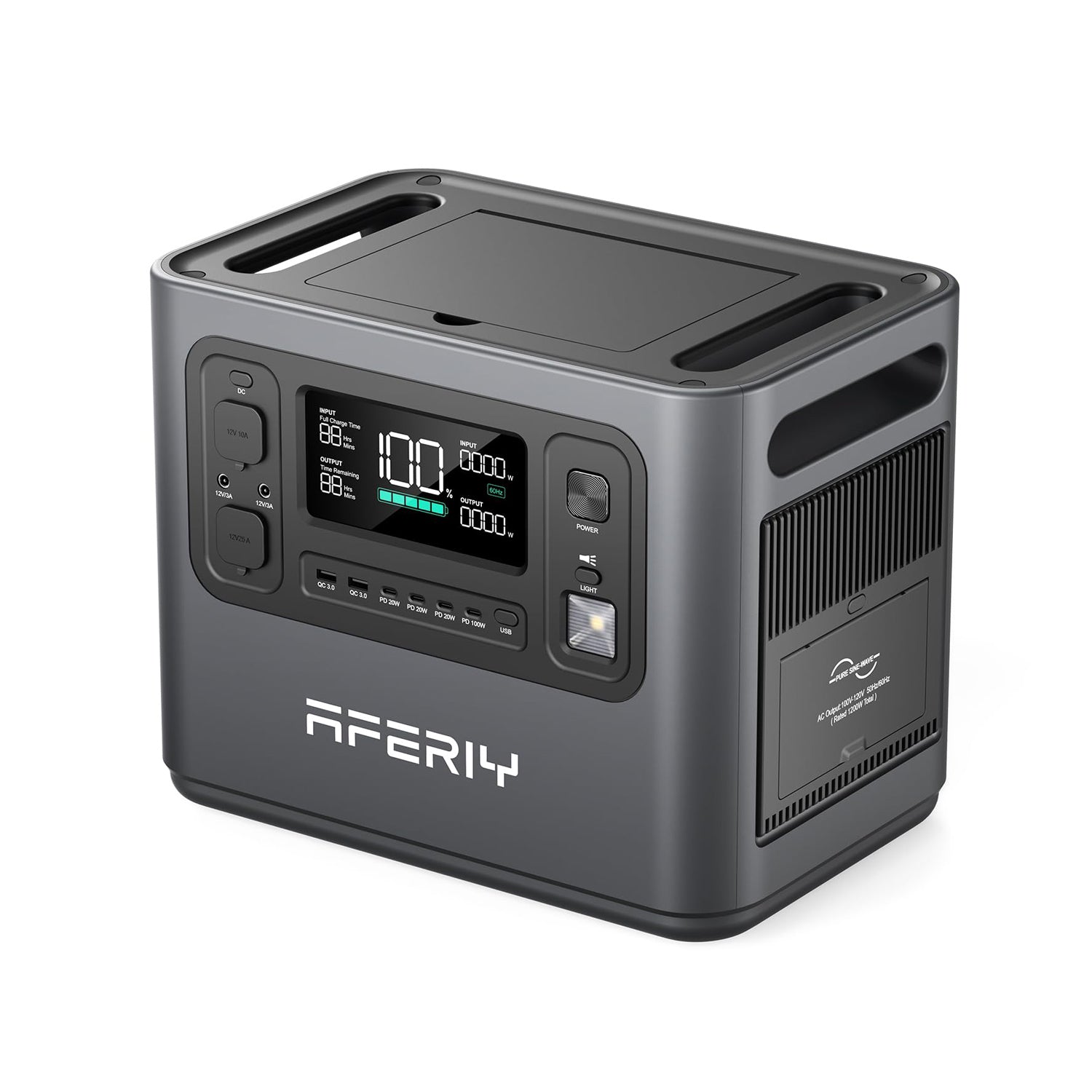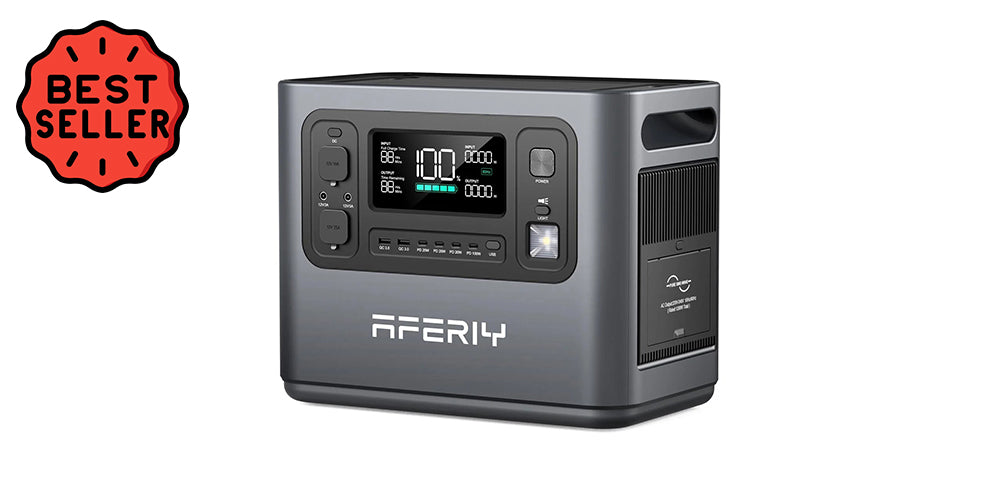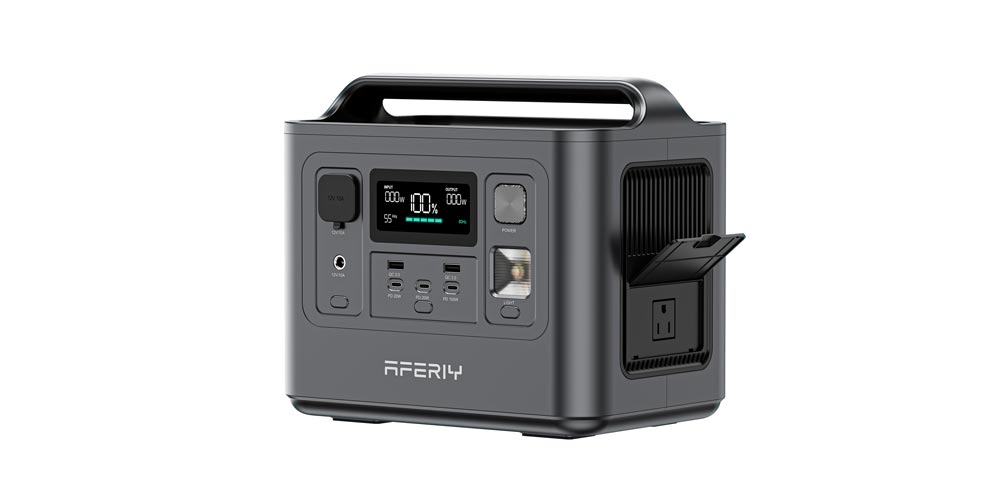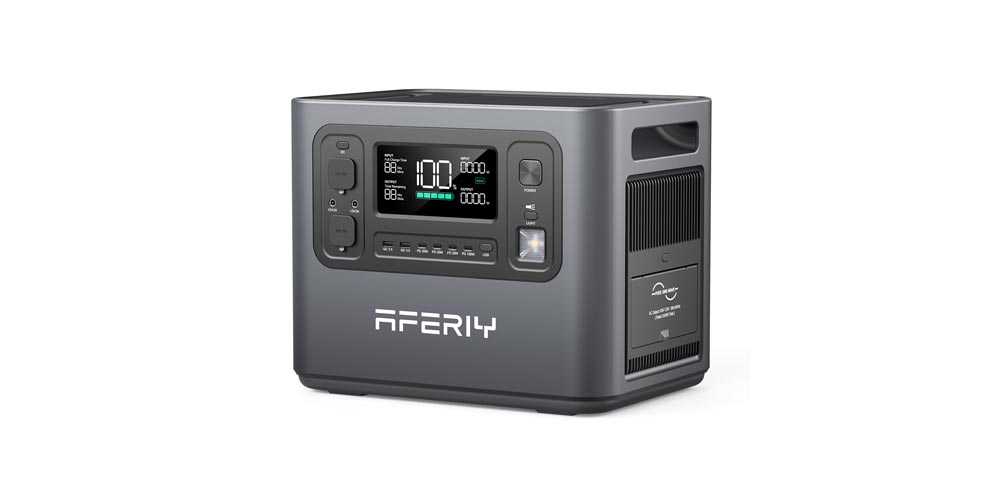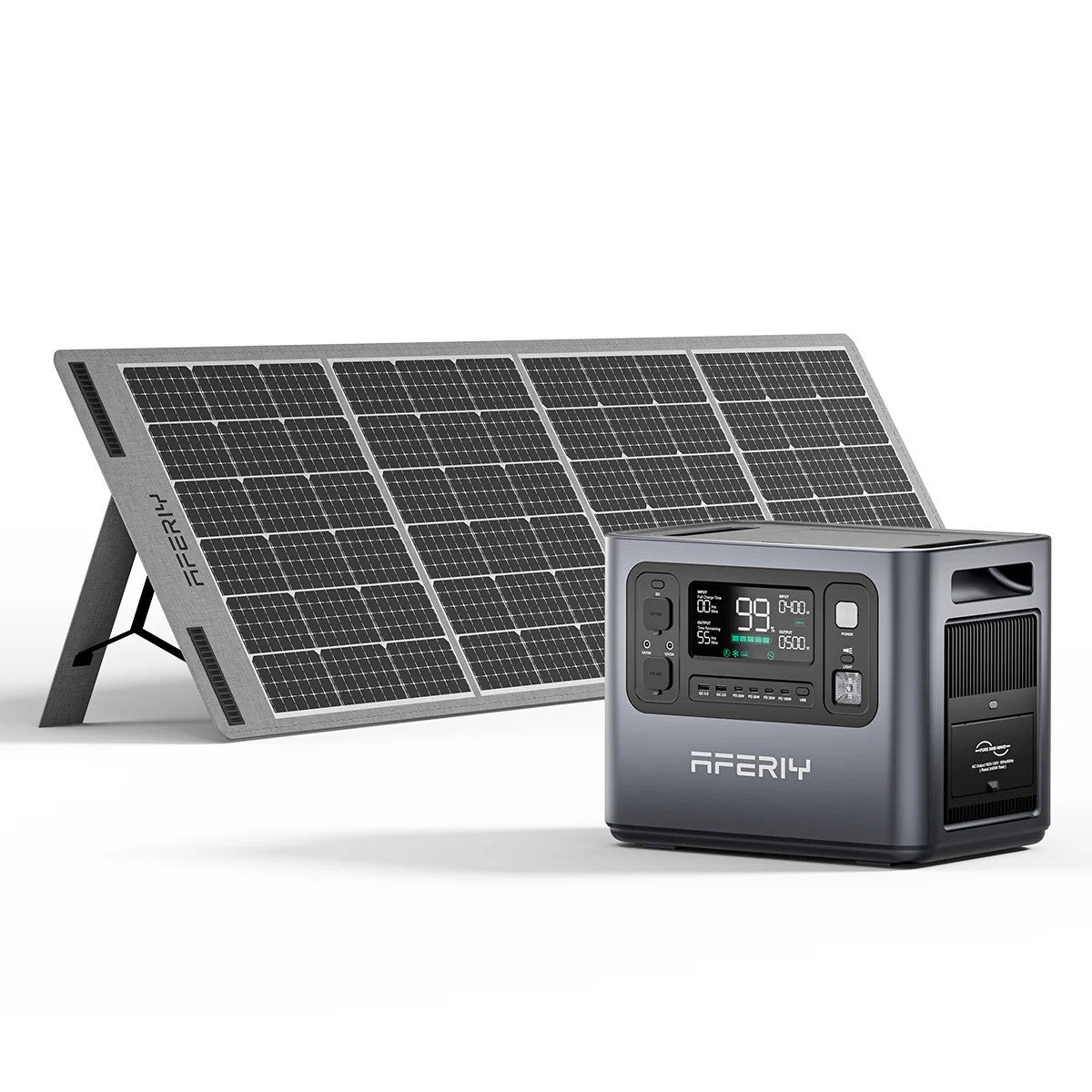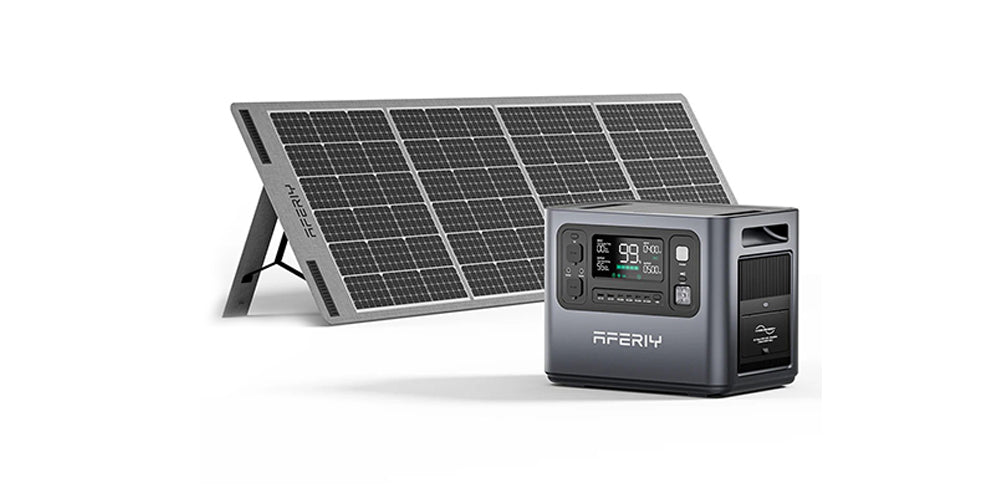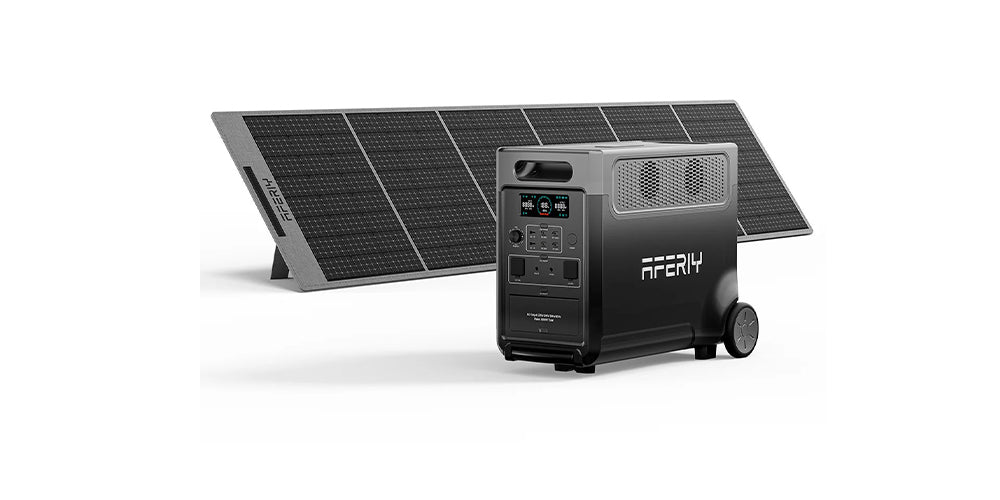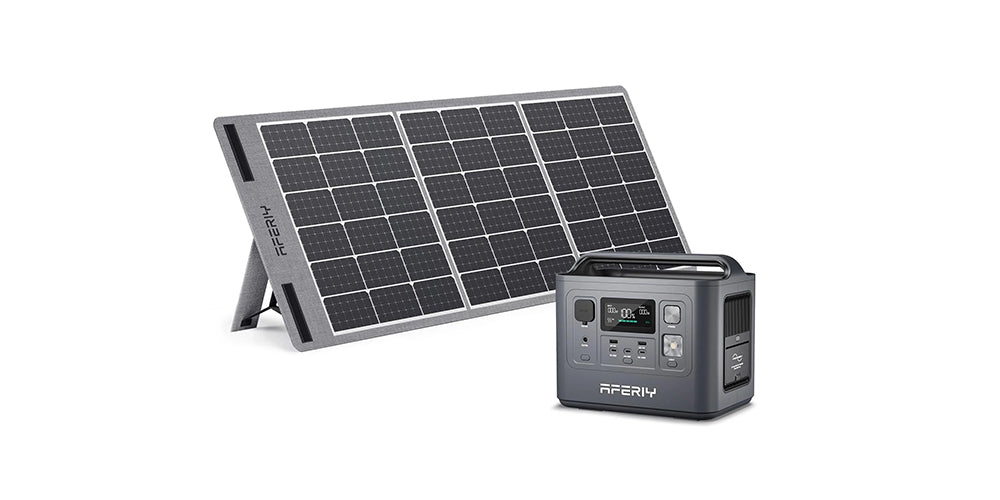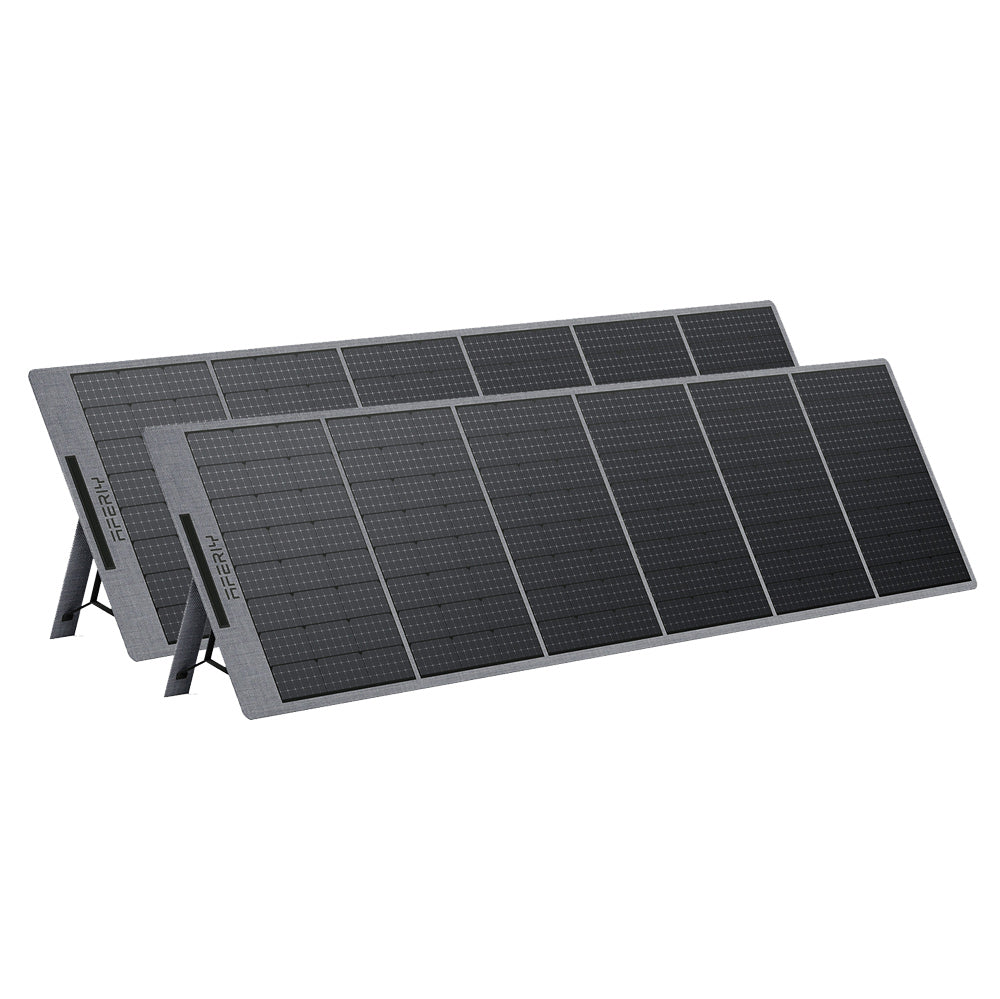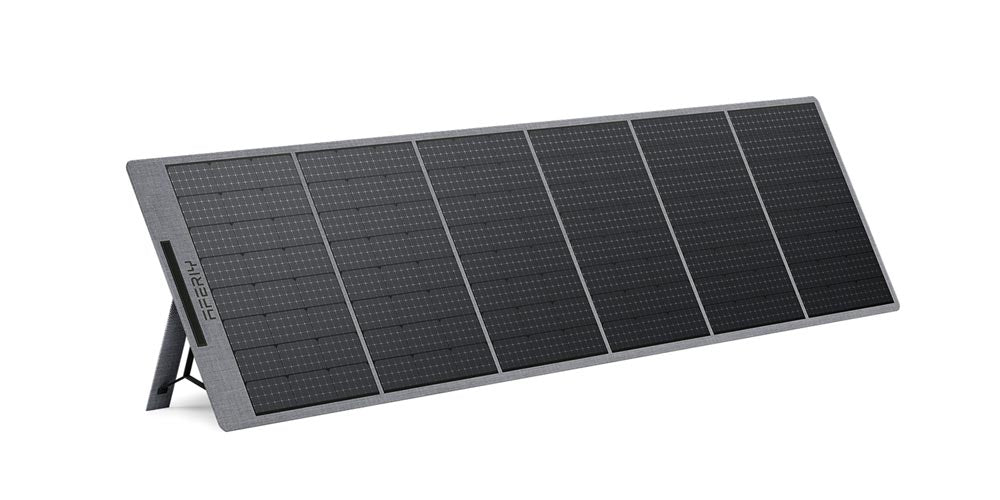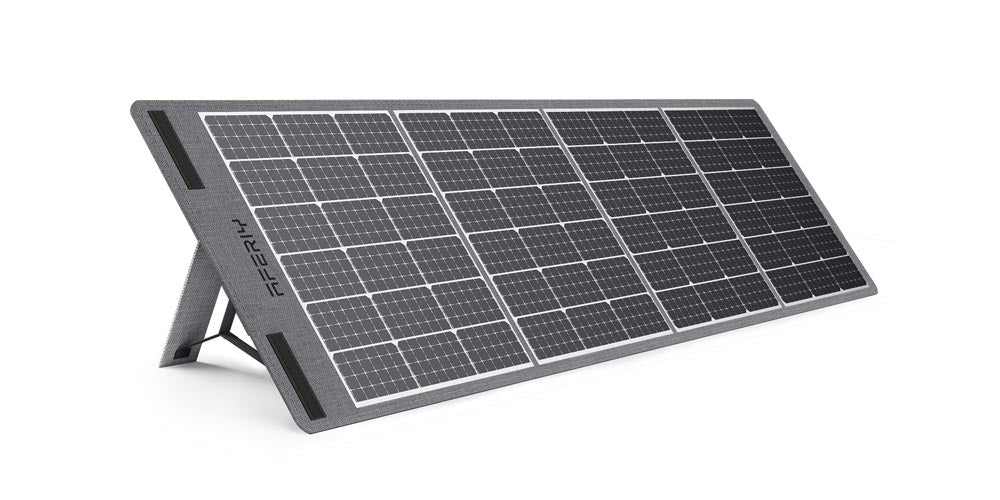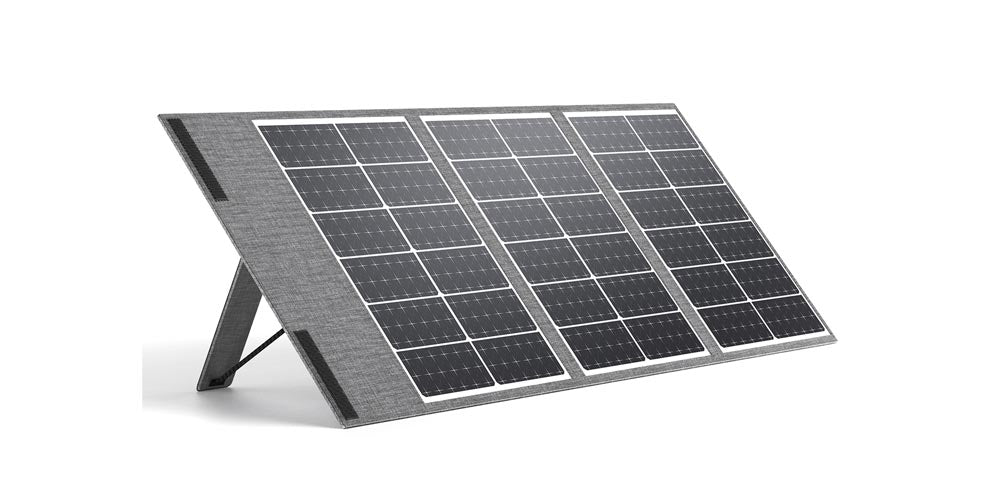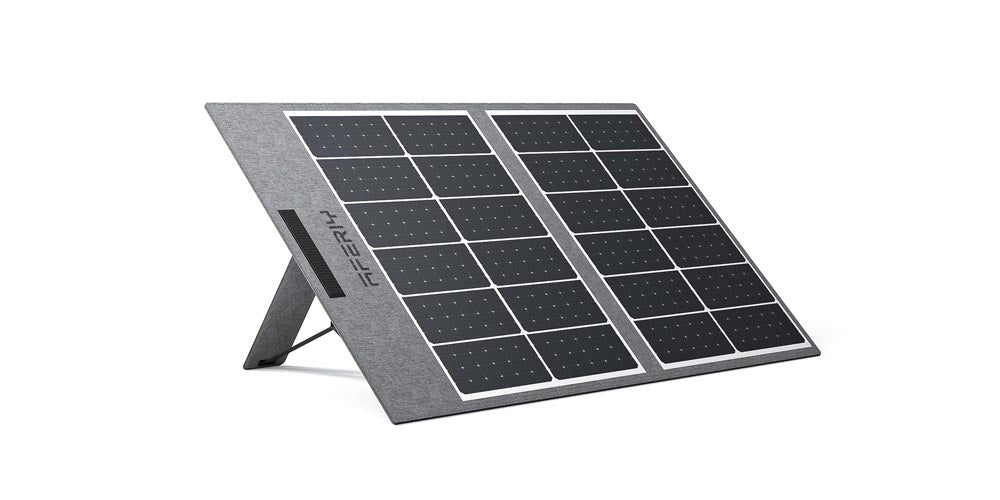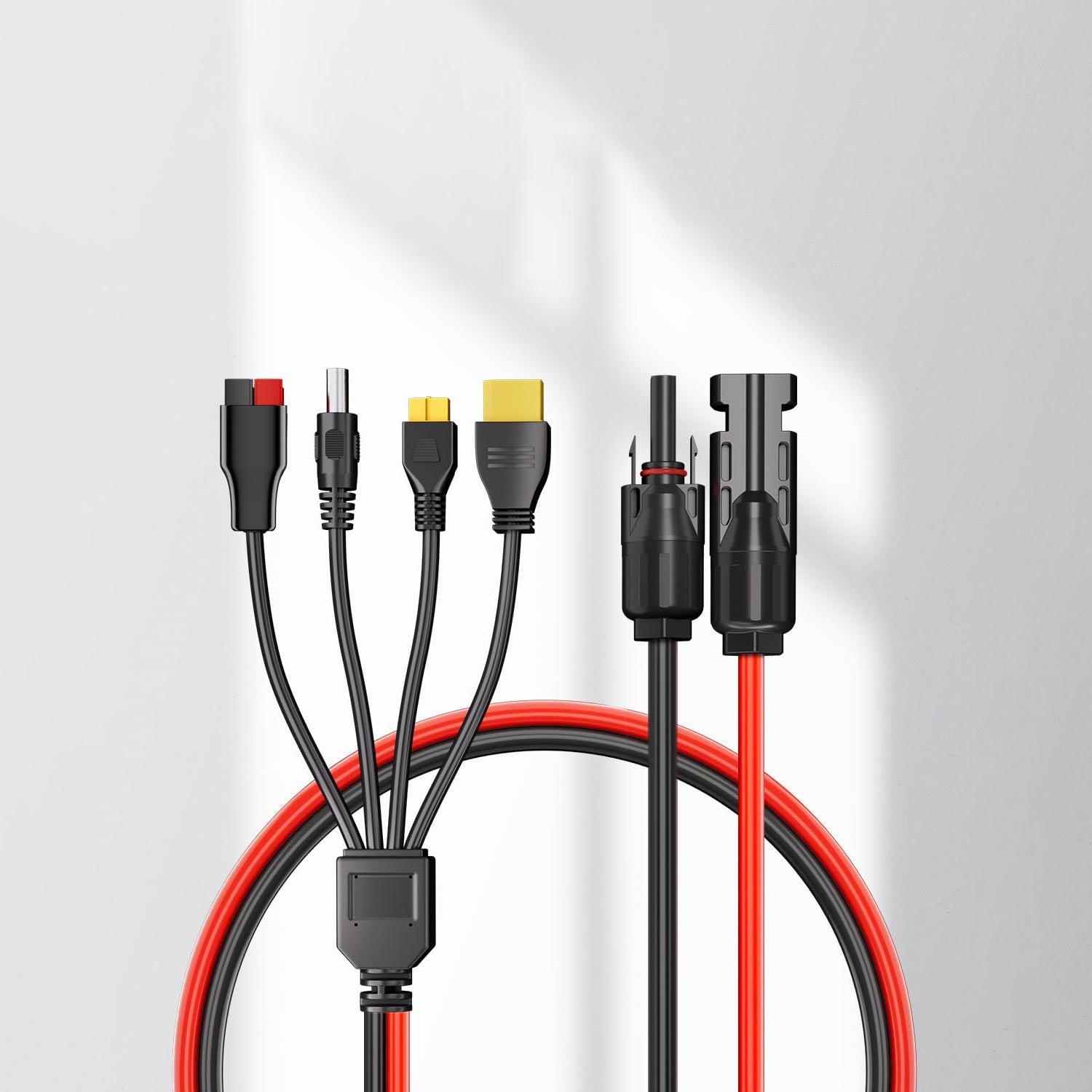How Much Does a Solar Panel Battery Cost?
Solar energy continues to attract more and more households seeking energy autonomy and sustainable savings. While solar panels get the spotlight, the solar battery remains an equally essential element, especially when it comes to storing the energy produced for later use. But what is the price of a battery for solar panels in 2025? What types of batteries exist, and how do you choose the right capacity according to your needs? Here is a complete guide to help you understand better.
Why install a solar battery?
Solar panels produce electricity only when the sun is shining. Without a storage system, excess energy is lost or fed back into the grid. Installing a battery for solar panels allows you to:
-
Store electricity produced during the day to use it at night or during a power outage.
-
Maximize self-consumption by reducing dependence on the public grid.
-
Gain autonomy, especially in remote areas or for mobile uses.
That is why many users combine their photovoltaic installations with batteries, sometimes via a portable power station, or with a portable solar panel for nomadic applications (camping, camper vans, construction sites, etc.).
What types of batteries for solar panels exist?
The price of a solar battery largely depends on its storage technology. Here are the main options available on the market:
Lead-acid batteries (AGM, GEL)
Advantages: Affordable price, mature technology, easy to find.
Disadvantages: Shorter lifespan (about 500 to 800 cycles), heavy, less depth of discharge.
Average price for 2 kWh: €300 to €600
Lithium batteries (LiFePO4 battery)
Advantages: Lightweight, compact, longer lifespan (up to 4000 cycles), better energy efficiency.
Disadvantages: Higher purchase cost.
Average price for 2 kWh: €800 to €1,200
Average price for 5 kWh: €2,000 to €3,000
Lithium batteries have become the standard for portable power stations and modern home installations.
Solar panel battery price: what to expect in 2025?
The price of a solar battery depends on three main factors:
-
Solar production capacity, expressed in Wh or kWh
-
Technology (lead or lithium)
-
Integrated features (BMS, inverter, connectivity, modularity)
Estimating daily solar production
Before choosing a battery, it is essential to estimate how much your photovoltaic installation can produce each day. The approximate formula is:
Total panel power (in watts) × effective sunlight hours ÷ 1000 = daily production (in kWh)
For example, a 3000W installation with 4 to 5 hours of sunlight produces 12 to 15 kWh per day.
What if I don't know the total power of my installation?
No worries: you can estimate it based on the number of solar panels and the power of each panel, often indicated on the label (e.g., 300W, 400W, 550W, etc.).
Example:
If you have 6 panels of 400W, that represents:
6 × 400W = 2400W (or 2.4 kWc)
With 4.5 hours of sun per day:
2.4 × 4.5 = 10.8 kWh produced daily
Thus, you can more precisely determine the battery capacity needed to store all or part of your production.
Good to know: factors that reduce actual production
Keep in mind this calculation is theoretical. In reality, several factors can reduce the actual amount of electricity produced by your panels:
-
Weather: clouds, rain, or fog greatly reduce solar production.
-
Orientation and tilt of panels directly influence efficiency.
-
Dust, leaves, or shading on panels can block light.
-
Technical losses: inverter, cables, regulators, or battery usually cause 10 to 20% energy loss.
-
Seasons: in winter, days are shorter and sunlight weaker.
Generally, it is advised to reduce the theoretical production by 15 to 25% to estimate a more realistic result.
In real conditions, a 3000W installation can produce on average 10 to 12 kWh per day, depending on your region and installation quality.
Practical summary
| Number of panels | Power per panel | Total power | Theoretical daily production (4.5h) | Estimated real daily production (with 15-25% losses) |
|---|---|---|---|---|
| 6 | 400W | 2400W | ≈ 10.8 kWh | ≈ 8.1 to 9.2 kWh |
| 8 | 375W | 3000W | ≈ 13.5 kWh | ≈ 10.1 to 11.5 kWh |
| 10 | 300W | 3000W | ≈ 13.5 kWh | ≈ 10.1 to 11.5 kWh |
Average prices in 2025 by capacity and technology
| Usable capacity | Technology | Average price incl. tax | Typical applications |
|---|---|---|---|
| 1 kWh | Lead | €200 – €400 | Lighting, small devices |
| 2 kWh | Lithium | €800 – €1,200 | Refrigerator, TV, computers |
| 5 kWh | Lithium | €2,000 – €3,000 | Partial home use |
| 10 kWh | Lithium | €4,000 – €6,000 | Total autonomy or hybrid system |
Which battery for a 3000W solar panel?
If you are looking for a battery capable of supporting a 3000W solar installation with 10 to 15 kWh capacity, the Aferiy P310 is a solution to seriously consider.
This is precisely the case of the Aferiy P310, a high-end solar power station designed for larger energy needs. With a base capacity of 3840Wh, it can be paired with two extension batteries, raising total capacity to 11,520Wh.
Thanks to this modularity, the P310 becomes an excellent choice for households wanting to maximize solar autonomy without a complex fixed installation. It also integrates a 3600W pure sine wave inverter, an MPPT controller, and full compatibility with portable solar panels, thus offering an all-in-one solution as powerful as it is flexible.
Moreover, the P310 can be recharged not only with Aferiy solar panels but also with other types of solar panels on the market, provided their electrical parameters are compatible (input voltage range, current, connectors). This offers great flexibility for users already equipped or wanting to reuse existing panels.

One of the most recommended solar battery models in 2025
Aferiy P210 solar panel battery 2048Wh: safety, endurance, and power (LiFePO4 battery)
The Aferiy P210 is not an ordinary battery. It is a compact and powerful all-in-one portable power station designed to offer a reliable solar energy solution in all contexts—at home, outdoors, or on the move.
It stands out with its high-quality LiFePO₄ lithium battery, capable of over 4000 charge/discharge cycles while retaining up to 80% of its initial capacity. This technology is not only more durable but also thermally safer than classic lithium batteries.
Thanks to an integrated BMS management system, the P210 provides 24/7 monitoring of each cell: protection against overcharge, overheating, short circuits, or abnormal voltages. All this is displayed in real time on an intuitive LCD screen.
Finally, it is equipped with a built-in UPS function with a switching delay of only 10 ms, ideal for keeping sensitive devices like computers or security systems powered during a power outage.
The Aferiy P310, like the P210, features a LiFePO₄ battery, a safety BMS system, and a UPS function with a 10 ms switching delay.
Main features:
-
Capacity: 2048 Wh
-
Output power: 2400W (4800W peak)
-
13 available ports
-
Solar charging up to 500W via built-in MPPT
-
Integrated handle, robust and portable design
Perfect for:
-
Backup power at home
-
Van or camper travel
-
Outdoor events, food trucks
Frequently asked questions about solar batteries
Can you connect a battery directly to a solar panel?
No, a charge controller (MPPT type) is needed to manage charging and avoid overvoltage.
What is the lifespan of a lithium solar battery?
Up to 10 years or 4000 cycles, depending on use and charging conditions.
What is the difference between a solar battery and a portable power station?
A power station is an all-in-one solution with battery, inverter, and regulator integrated. Convenient but often more expensive per kWh.
